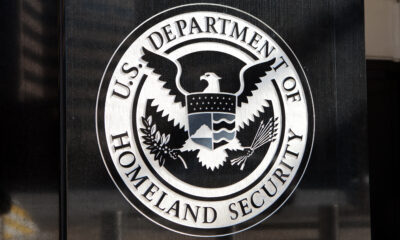New Data Sheds Light On America’s Plummeting Birth Rate

The United States, along with much of the West, has been experiencing a precipitous decline in the number of births over the past several decades, and the results of a new Centers for Disease Control and Prevention study highlight the staggering statistics.
According to the National Center for Health Statistics, just 56.7% of women and 44.8% of men between the ages of 15 and 49 had at least one biological child as of 2019. Among an older age group — 40 to 49 — those numbers were 84.3% and 76.5%, respectively.
Between the years of 2015 and 2019, roughly 52% of women between 15 and 44 gave birth, which is a significant dip from the 55% who gave birth between 2011 and 2015.
The average number of children per adult has dropped as a result, hitting just 1.3 children per woman and 0.9 children per man in 2019.
In their report, CDC researchers determined that factors including financial insecurity, a change in relationship norms, the pursuit of education or a career, and better access to birth control have all contributed to some extent to the ongoing trend.
Furthermore, women who do choose to have children are increasingly waiting until later in life to do so. The study found that between 1972 and 2021, the number of women who had their first child after turning 35 increased by 900%.
Researchers advised that, although women who wait to have a child have reported a positive impact on “wages and career paths,” there is also a clear correlation with a declining ability to reproduce.
Regardless of the causes that have led to a drop in the U.S. birth rate, many experts are warning of the likely ramifications that the nation will face in the near future as a result.
Even as many on the left fight to redefine marriage and promote abortion, both of which have exacerbated the issue, some Democrats are beginning to acknowledge that there will be fiscal consequences.
In light of the number of people who retired early during the pandemic, Democratic California Gov. Gavin Newsom advised: “With rising cost of living and an already tight housing market, it could become increasingly difficult for the remaining working-age Californians to support the aging population.”
























